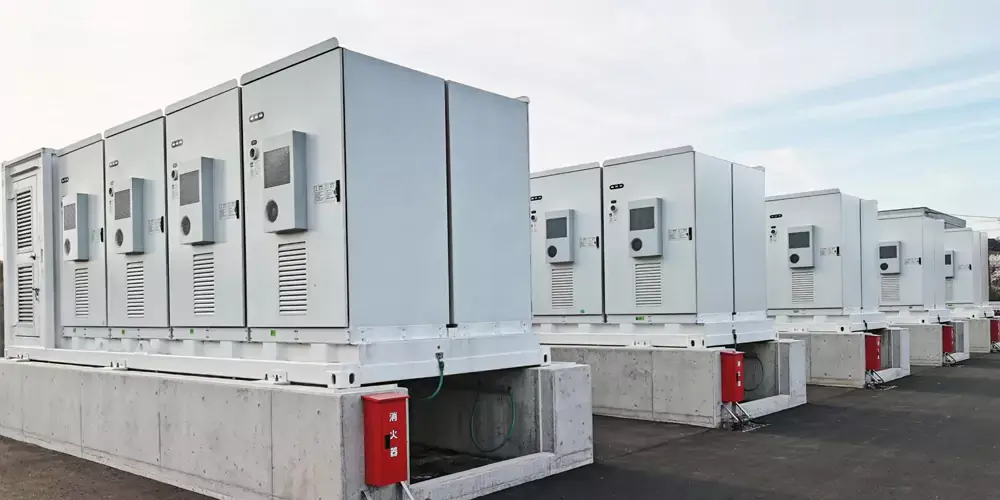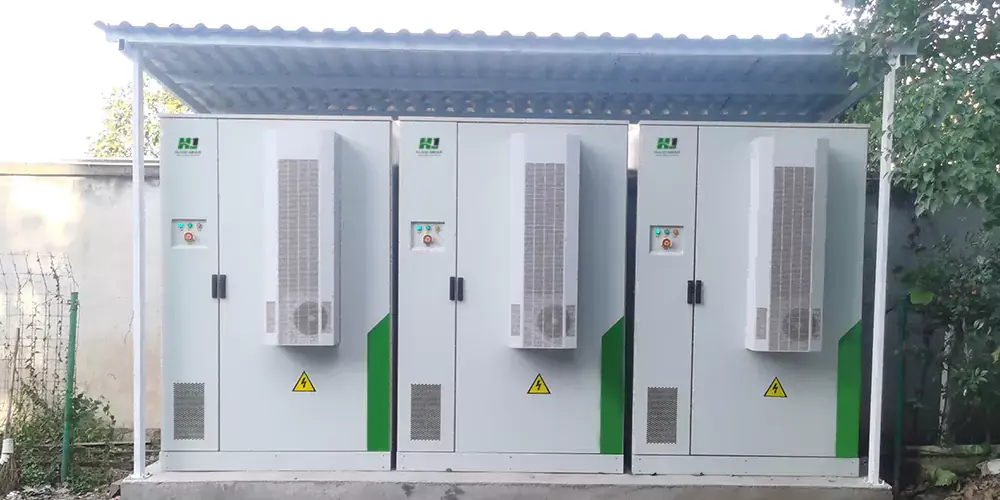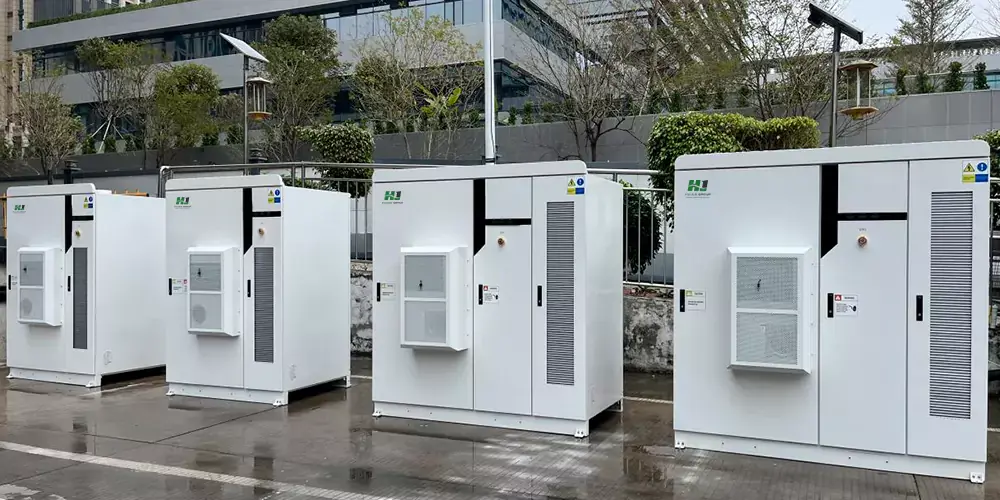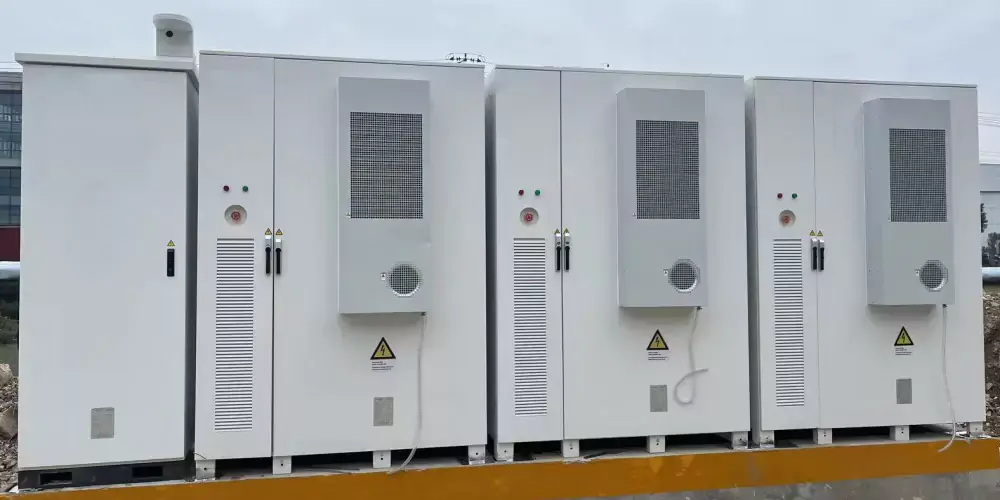Commercial Solar Systems: The Ultimate Guide to Increasing Energy Efficiency
In today’s world of rising energy costs and growing environmental concerns, commercial solar systems have become the ideal choice for businesses and organizations to achieve energy self-sufficiency, reduce operational costs, and lessen environmental impact. This article delves into various aspects of commercial solar systems, including how they work, methods to improve efficiency, cost-benefit analysis, environmental impact, and future trends, aiming to provide comprehensive and in-depth guidance for commercial users considering solar systems.
1. How Commercial Solar Systems Work
Commercial solar systems primarily convert sunlight into electricity using solar panels. These panels are typically installed on rooftops or the ground to maximize sunlight exposure. The direct current (DC) generated is converted into alternating current (AC) through inverters, which can then be used for business operations or fed into the grid. Key components of the system include solar panels, inverters, mounting structures, cables, and connection equipment.
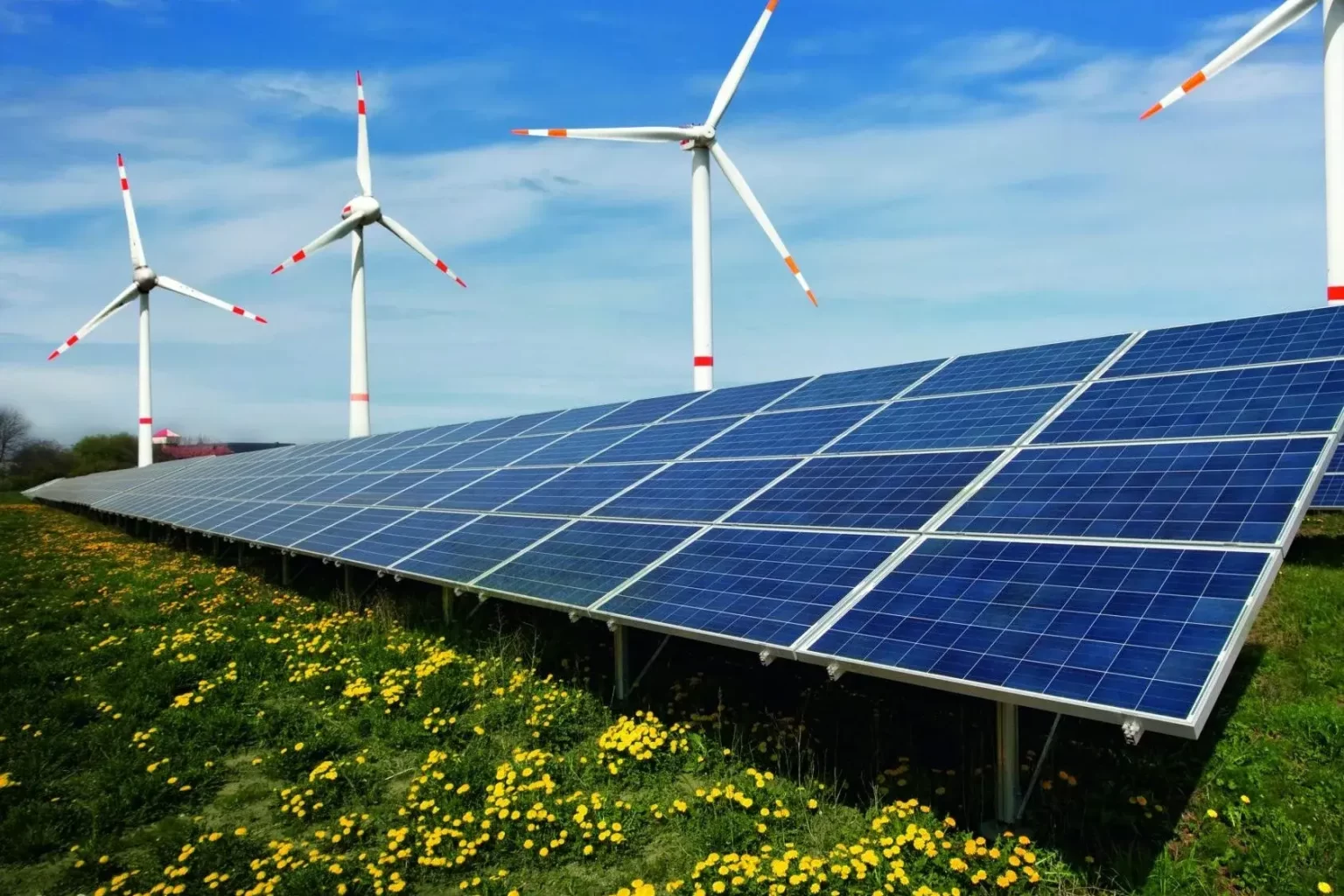
2. Methods to Improve Energy Efficiency
- Optimizing system design: Ensure that the layout and tilt angle of the solar panels maximize sunlight reception while considering shading from surrounding buildings or trees.
- Choosing efficient components: Using high-efficiency solar panels and inverters can boost the overall performance of the system.
- Regular maintenance: Keep the solar panels clean and regularly inspect and maintain the system to ensure efficient operation.
- Smart monitoring: Use smart monitoring systems to track energy production and consumption in real-time, optimizing energy usage.
3. Cost-Benefit Analysis
Although the initial investment in a commercial solar system is relatively high, in the long run, it can significantly reduce energy costs. The system’s design, size, installation location, and local sunlight conditions all affect its economic viability. Additionally, many countries and regions offer solar subsidies or tax incentives, further enhancing the appeal of solar systems.
4. Environmental Impact
The positive environmental impact of commercial solar systems is undeniable. They reduce greenhouse gas emissions, decrease dependence on fossil fuels, and contribute to achieving sustainability goals. However, the production, transportation, and disposal of solar systems do have some environmental impact. Therefore, it is crucial to choose eco-friendly suppliers and adopt responsible system management.
5. Future Trends
With advances in technology and cost reductions, commercial solar systems are expected to become more widespread. Future trends include:
- Higher system efficiency: Technological innovations such as bifacial solar panels and perovskite solar cells will improve energy conversion efficiency.
- Building-integrated photovoltaics (BIPV): Integrating solar technology into building designs will enhance aesthetics and space utilization.
- Smart energy management systems: Using IoT and AI technologies to optimize energy production and usage.
- Energy storage solutions: Combining solar systems with storage systems will improve reliability and flexibility.
- Policy and market drivers: As global interest in renewable energy grows, more policy support and market demand are expected to drive the development of commercial solar systems.
Conclusion
Commercial solar systems provide businesses with a key pathway to energy transformation, cost reduction, and enhanced environmental responsibility. With careful planning and management, solar systems can offer long-term economic and environmental benefits. As technology continues to advance and the market environment matures, the prospects for commercial solar systems will become even brighter.
Types of Combiner Boxes
- Standard Combiner Box: A basic type used to combine output currents and send them directly to the inverter.
- PV Combiner Box: Used in large commercial or industrial solar power plants, providing protection against overcurrent and voltage fluctuations.
- String Combiner Box: Handles the output of multiple strings and combines them, typically includes monitoring systems.
- DC Combiner Box: Used for systems with DC output, equipped with protection and switching functions.
- AC Combiner Box: Combines multiple AC outputs and sends power to the grid or a central PV system.
- Smart Combiner Box: Equipped with advanced monitoring and communication features, tracking performance data of each connected string or panel, detecting faults, and offering remote diagnostics.
How Does a Combiner Box Improve Solar Installation Performance?
- Power management: Combines the output of multiple panels, improving power transmission efficiency.
- System safety: Built-in protection devices like fuses and circuit breakers prevent overloads and short circuits, ensuring stable system operation.
- Monitoring and maintenance: Equipped with monitoring features for real-time detection and fault diagnostics, simplifying maintenance.
- Simplified installation: Reduces the number of cables directly connected to the inverter, lowering installation complexity and cost.
- System scalability: Easily allows the addition of new panels and supports system expansion on demand.
How to Choose the Best Combiner Box?
- System capacity: Ensure the combiner box can handle the total current and voltage of all solar panels, with enough input ports.
- Voltage and current ratings: Select one that meets or exceeds the maximum output of the solar panel array.
- Protection features: Consider a combiner box with comprehensive protection, including overcurrent, surge, and reverse current protection.
- Monitoring capabilities: Opt for a combiner box with monitoring features to track the performance of each solar string.
- Durability and quality: Choose a combiner box with strong weather resistance and relevant safety certifications (e.g., UL certification and IP65 rating).
- Installation and maintenance needs: Ensure the design of the combiner box supports easy installation and maintenance, with features like secure fuse holders and clear labeling.
Conclusion
The combiner box’s role in a solar system is to aggregate the power output of multiple solar panels, simplifying wiring complexity, maximizing potential energy output, and significantly enhancing the efficiency and safety of photovoltaic equipment. Through this article, you can understand the definition, advantages, disadvantages, and role of the combiner box. Hopefully, this information helps you choose the most suitable combiner box for your solar installation.
Contact us
- Email:[email protected]
- Tel: +86 13651638099
- Address: 333 Fengcun Road, Fengxian District, Shanghai
Get A Quote Now!


